At 0005 UTC a weak velocity signature was evident on base velocity and DivShear showed a convergent signal.
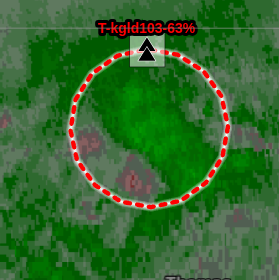
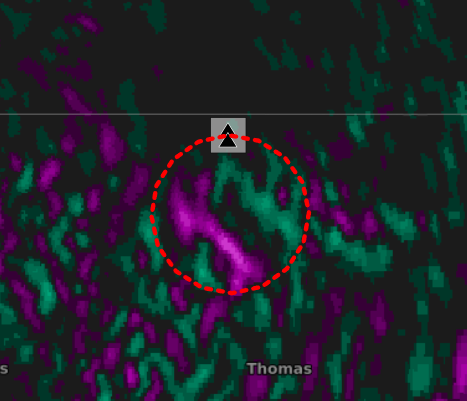
Two minutes later at 0007 UTC, the velocity looked a little better but remained weak while the DivShear began showing a much better signal while AzShear began showing a signal but not as strong as the DivShear.
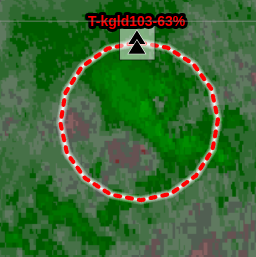
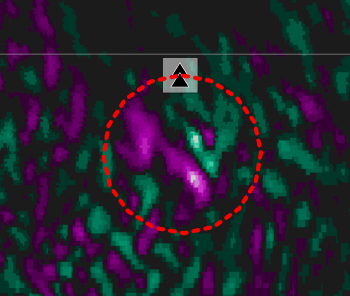
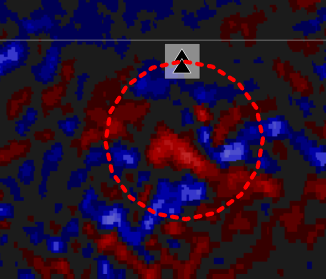
Another two minutes later at 0009 UTC, a weak velocity couplet developed while DivShear was beginning to develop that “cloverleaf” look and AzShear continued to increase.
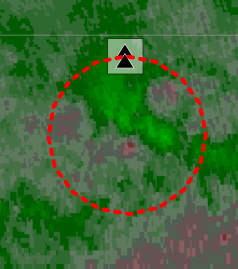
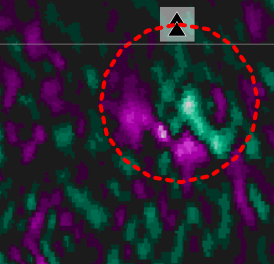
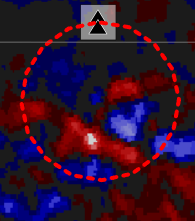
By 0011 UTC, a stronger velocity couplet was evident with near gate to gate values, and both DivShear and AzShear showed very nice signatures. These are all factors indicating the potential for tornadic development and the AzShear and to a greater degree DivShear (picking up on the development a bit earlier) did a good job in this example despite relatively weak velocity couplet.
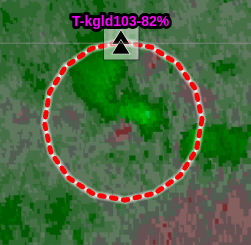
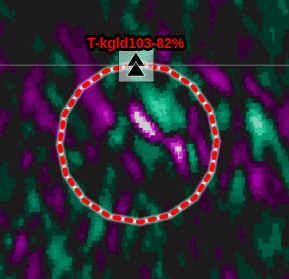
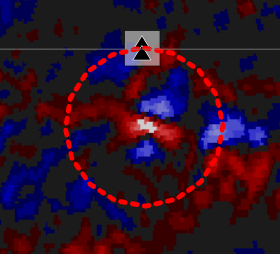
The Torp during this time frame also showed a significant increase from below 25% to up to 82% during this 5 min period.
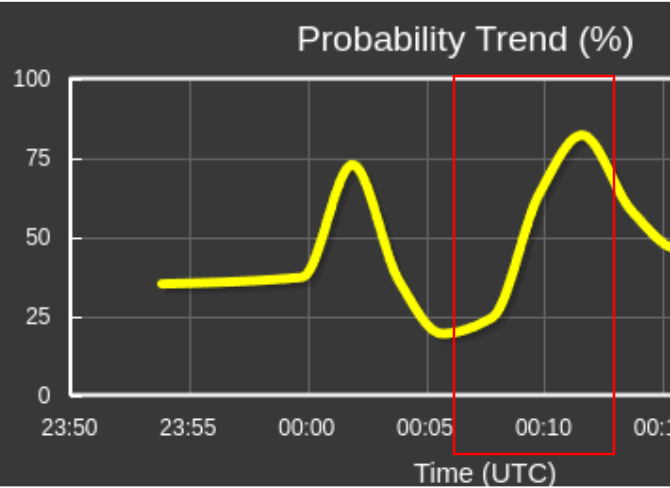
Given all of this information, one would feel pretty confident in going with a tornado warning with the DivShear and AzShear products adding confidence. However, looking at the environment, a backdoor cold front pushed southeastward through this area about an hour earlier and surface temps dropped into the 50s with northeast winds stabilized the near surface layer and prevented anything from happening with this storm, although there was a storm report mentioning an almost tornado touchdown in this area. So this brings the question about whether this was a Torp false alarm or not. It appeared to work as expected and likely would have been correct if the front hadn’t moved through. It does give confidence that these new products bring value to the warning forecaster and would be beneficial to operations.
Flash
